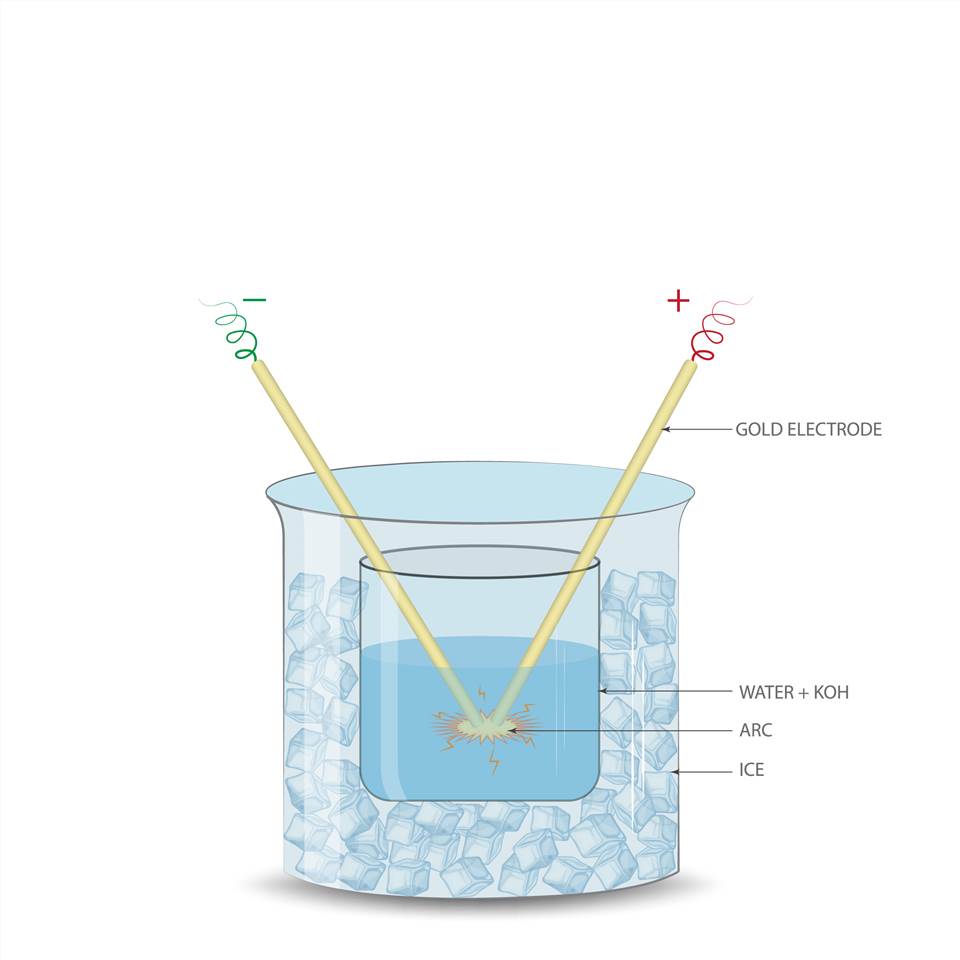What is Competitive Colloidal Gold
Colloidal gold is a suspension of submicron-sized gold particles in a liquid medium. It has been used in various fields, including nanotechnology, medicine, and electronics. One of the recent advancements in the field of colloidal gold is the development of competitive colloidal gold (CCG) assays. In this article, we will discuss what CCG is, how it works, and its applications.
What is Competitive Colloidal Gold?
 Figure 1. The colloidal gold preparation.
Figure 1. The colloidal gold preparation.
Competitive colloidal gold (CCG) is a type of immunoassay that uses colloidal gold particles as a label. In a typical immunoassay, a target molecule is detected by the binding of a specific antibody to it. The antibody is labeled with an enzyme or a fluorescent molecule, which generates a signal that can be detected. In CCG, the target molecule competes with a labeled analog for binding to the antibody. The analog is conjugated to colloidal gold particles, which generates a visible signal.
How does CCG work?
CCG assays use a sandwich format, where the target molecule is captured by a specific antibody immobilized on a solid support. A labeled analog, which has a similar structure to the target molecule, is added to the sample. The analog competes with the target molecule for binding to the antibody. If the concentration of the target molecule in the sample is high, it will occupy most of the binding sites on the antibody, and less analog will bind. As a result, there will be less colloidal gold particles in the sample, and the color intensity will be lower. On the other hand, if the concentration of the target molecule in the sample is low, more analog will bind to the antibody, and there will be more colloidal gold particles in the sample, resulting in a higher color intensity.
Applications of CCG
CCG assays have several advantages over conventional immunoassays. One of the main advantages is that they can be performed in a homogeneous solution, which eliminates the need for washing steps, reducing the assay time and complexity. In addition, CCG assays can be performed using simple equipment, such as a plate reader or a colorimeter.
The utilization of competitive colloidal gold (CCG) is highly prevalent in various fields, encompassing medical diagnosis, environmental monitoring, food safety, and drug discovery. The manifold applications of CCG prove the versatility of this technology, which can be applied to detect analytes in a rapid, simple, and cost-effective manner. This is due to the amalgamation of the technology with the ability to detect a diverse array of diseases, including infectious diseases, autoimmune diseases, and cancer.
In the realm of medical diagnosis, CCG testing has become an indispensable tool to diagnose various ailments, as exemplified by its use in detecting the dengue virus NS1 antigen in human serum.
Furthermore, the technology is gaining momentum in the domain of environmental monitoring, as it can be utilized to detect toxins and pollutants in water and soil samples. CCG testing can detect Aflatoxin B1, a toxin present in corn samples, was detected at levels as low as 0.1 ng/ml, enabling the good detection and monitoring of such toxins.
CCG testing also apply by food safety as it detects foodborne pathogens and allergens. The test has demonstrated high sensitivity and specificity in detecting gluten in food samples.
Additionally, CCG analysis has contributed to the field of drug discovery, serving as an efficient tool for screening potential drug candidates. For example, the CCG assay was utilized to screen for inhibitors of the main protease of SARS-CoV-2, and it exhibited high sensitivity, detecting inhibitors at nanomolar concentrations.
In summary, the broad array of applications of CCG in various fields has solidified its place as a potent tool for detecting diverse analytes. As this technology continues to develop, it is expected to become even more versatile, resulting in wider use in the future.
